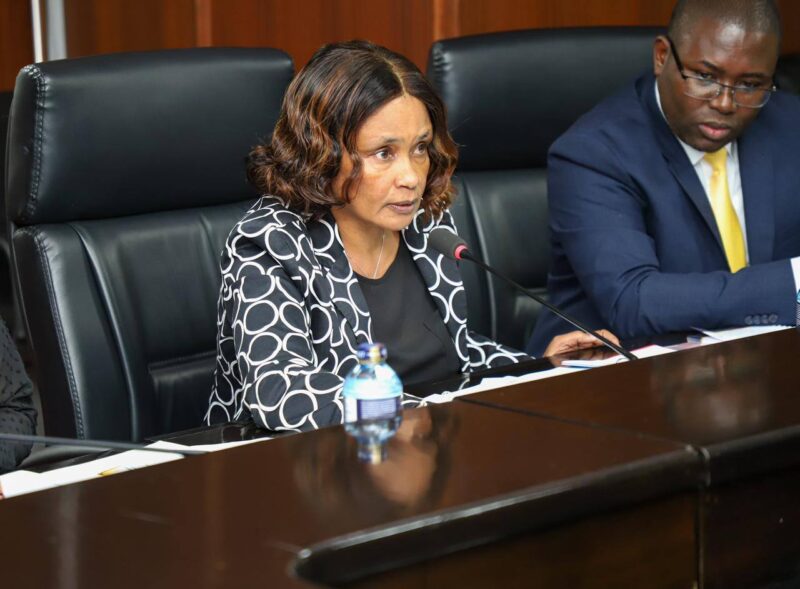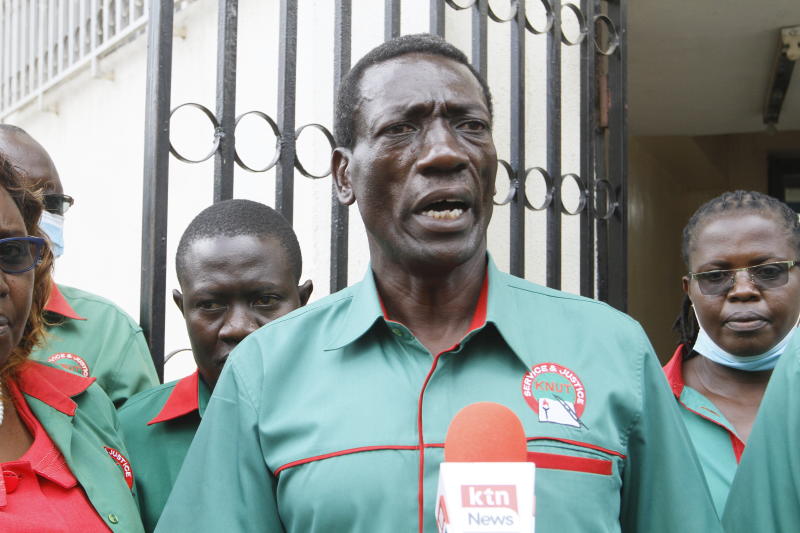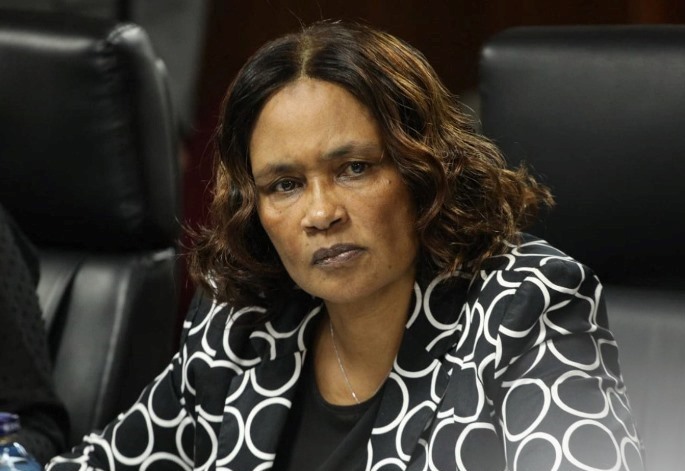The Teachers Service Commission (TSC) has announced a new framework governing teacher transfers across the country’s 32,000 public schools. The move seeks to introduce fairness, consider medical needs, and ensure learners are not disrupted by sudden or unplanned staff movements.
Appearing before the Senate Education Committee, TSC Director of Staffing Antonina Lentoijoni said the transfer process is guided by four main factors: availability of vacancies, equitable distribution of teachers, valid medical grounds, and continuity of learning.
Under the new guidelines, schools experiencing acute shortages will be prioritized when teachers are moved. For example, a school in Turkana or Marsabit struggling with only three teachers for all upper primary classes could benefit from transfers that redirect educators from overstaffed schools in urban centers.
At the same time, the TSC acknowledged that many teachers request transfers to be closer to their families or to access better healthcare facilities. In such cases, valid medical grounds — including chronic illness or family emergencies — will be considered, though the final decision must align with staffing needs.
“Teacher welfare is important, but it has to be balanced with the right of every child to access quality education,” Ms. Lentoijoni explained.
The announcement has sparked mixed reactions among teachers. Some welcomed the policy as a step toward transparency.
“I’ve been applying for transfer for three years due to my spouse working in a different county. Having clear rules gives us hope that genuine cases will be considered fairly,” said a secondary school teacher in Machakos.
Others, however, worry that the emphasis on equitable distribution could force them to move to remote or hardship areas against their will.
“Many teachers want to work near towns for family and professional reasons. The challenge is that rural areas may still feel like a punishment posting,” noted a teacher in Nakuru.
Senators on the Education Committee urged TSC to ensure the process is free from favoritism and political interference. They also pressed for stronger monitoring to prevent cases where teachers in remote areas feel abandoned or left without replacements when colleagues are moved.
Education experts say the framework could significantly improve the fairness of transfers if implemented properly. However, they caution that incentives for teachers in hardship areas — such as housing allowances, career growth opportunities, and better facilities — must accompany the rules, otherwise staffing inequalities will persist.
For learners, the new rules promise greater stability in classrooms, as transfers will now be scheduled in ways that minimize disruption to lessons.
As the transfer policy rolls out, the TSC faces the delicate task of balancing teacher welfare with the constitutional right of every Kenyan child to quality education.




